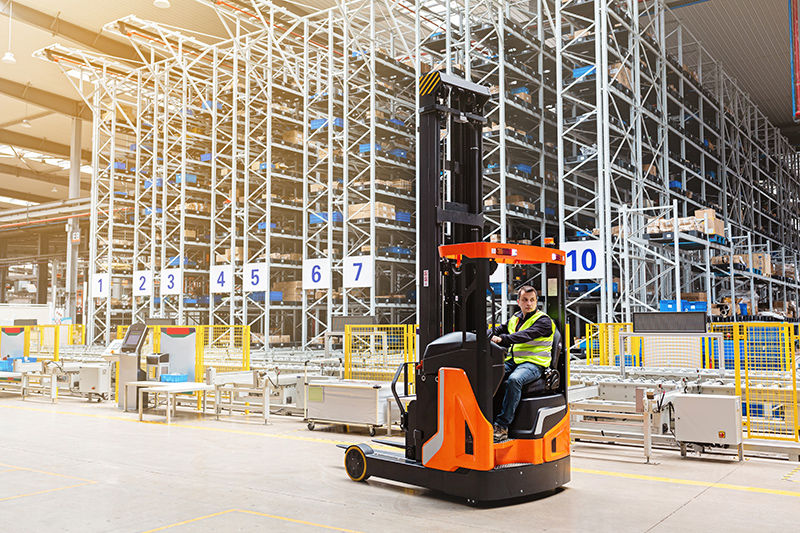Looking to buy a Reach Truck? Read this first.This short article will guide you through the ins and outs of purchasing a reach forklift truck. Th
Looking to buy a Reach Truck? Read this first.
This short article will guide you through the ins and outs of purchasing a reach forklift truck.
This article will cover:
-
Reach truck dimensions and technical parameters
-
Key warehouse design considerations
Buy a Reach Fork Truck
When buying a reach lift truck, there are a few technical factors you need to consider:
-
Top load beam height
-
First load beam height
-
Pallet height (and lift-off) for lowest storage level
-
Pallet weight
-
Pallet dimensions
-
Tunnel heights
-
Dock door receiving height
-
Warehouse clear height
We’ll explain why this information is crucial below.
Lift Height Requirement for Top Load Beam Racking Height
When purchasing any lift truck, including a sit-down counterbalance forklift, it’s essential to know your top load beam height, meaning the highest storage level. Don’t guess.
Tip: If you don’t have a tape measure long enough, count the holes in your pallet racking upright frames. Most racking systems have evenly spaced holes (typically 2″ apart), which can be used to estimate height accurately.
Order a reach truck with enough lift to reach your top load beam plus an additional 12 inches. This extra lift is necessary due to factors like floor conditions, load weight, beam height, and plumbness of racking. For more on optimizing vertical lift and warehouse storage strategies, WarehouseIQ provides expert guidance tailored to real-world warehouse operations.
Warehouse Floor Conditions
If the floor is uneven, the reach truck may lean slightly, which can significantly affect fork height at full extension, reducing its ability to reach top-level pallets. Extra lift is needed in such cases. Poor floor conditions can also accelerate wear on tires and stability systems, so it’s important to consult OSHA’s warehouse safety guidelines when planning for equipment use.
Pallet Load Weights
Heavy loads can cause the forks and mast to flex, which requires more lift-off space at higher levels to ensure safe and efficient operation. The heavier the pallet, the more likely this deflection becomes a performance factor—something manufacturers often include in their technical specification sheets.
Plumbness of Pallet Racking
If racking isn’t perfectly vertical, the reach truck will need extra clearance to safely place or retrieve pallets. This is especially important in older or heavily loaded racks, where alignment may have shifted over time. Checking racking plumbness is part of good warehouse safety practices recommended in RMI’s racking inspection guidelines.
Top Load Beam Height
The higher the beam, the more lift-off clearance you need. While 6–8 inches may work at lower levels, plan for 12 inches or more at greater heights due to mast deflection, load weight, uneven floor conditions, and rack tilt.
By understanding these technical requirements before selecting a reach truck, you’ll make a better long-term investment—improving safety, productivity, and overall warehouse efficiency. When in doubt, consult a material handling professional


COMMENTS